For reference, the datasheet I am referring to in this post is given by this.
I was wondering whether anyone could clarify the point of connecting the inverting channel of the succeeding stages of the MEMS microphone assembly pictured to the ground of the actual microphone... is this absolutely necessary? My understanding is that the non-inverting output here is just some voltage [GND,Vdd] which I can interpret as the microphone amplitude.
The succeeding stages obviously share the same ground- I am asking specifically about the resistor Rout and its use.
What is the purpose of Rout? The datasheet does not specify any sort of internal gain setting or anything of the sort, and if you assume an ideal ground then surely nothing precludes doing your own way with the inverting channel of the succeeding stages without bothering at all with Rout?
I can only see Rout as some sort of feedback resistor but I have very little experience with op-amps and MEMS microphones in general- this is my first project dealing with the sort- so forgive me for being a bit clueless as to what its point is...
